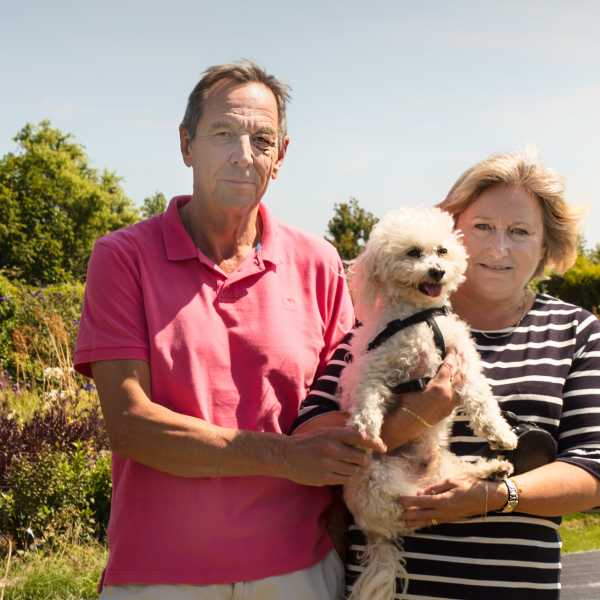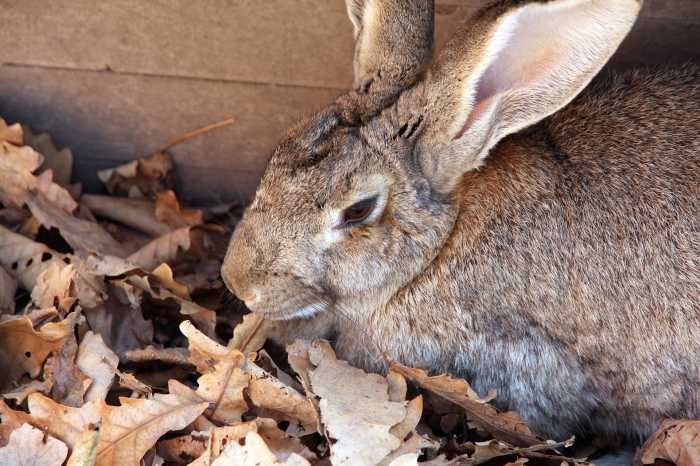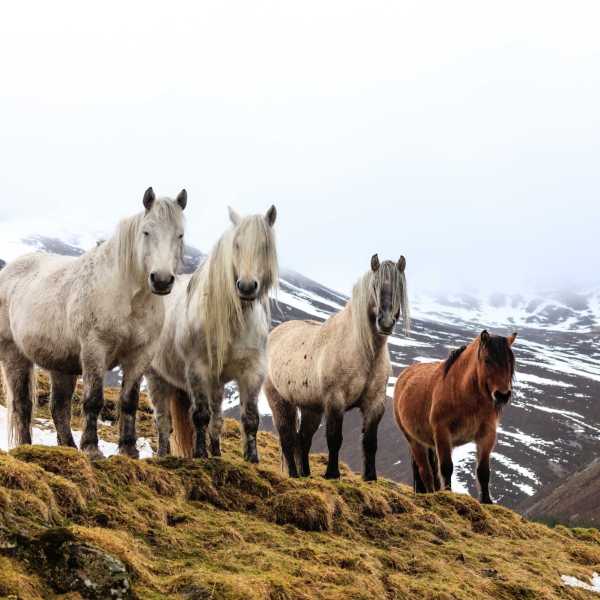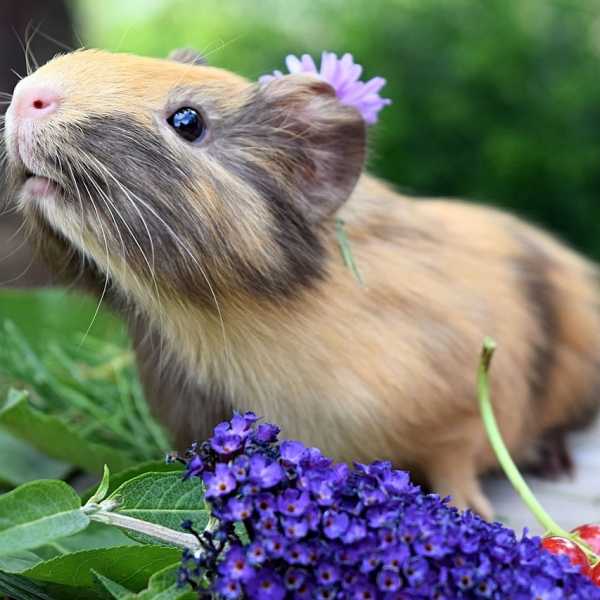
PetsRadar - A guide to owning Flemish giant rabbits
Posted on 5 August, 2022

Written by Claire Speight RVN for PetsRadar
Flemish giant rabbits can make great pets, but they are not for everyone and serious consideration must be given, not only to if rabbits are the right pets for you, but if Flemish giant rabbits, who can become comparable in size to that of a small sized dog.
The longest rabbit was Darius, a Flemish giant rabbit owned by Annette Edwards who was found to be 4ft 3in (129 cm) long when measured for an article in the UK's Daily Mail newspaper on 6 April 2010. Now that's one seriously big bunny!
Below, we talk you through everything you need to know about the Flemish giant rabbit so that you can make a decision on whether this floppy-eared fella is the right friend for you.
Flemish giant rabbit: Breed characteristics
The Flemish giant rabbit is an old breed and originated in Flanders in the 16th century near the city of Ghent, Belgium.
In the UK, the British Rabbit Council (BRC) states males (bucks) should be less than 4.989kg (11lb) and females (does) should be less than 5.443kg (12lb). Crossbreeds can weigh more than the set breed standard weight.
As with large breeds of dog, large breeds of rabbit tend to have a shorter expected lifespan than smaller breeds with Flemish giant rabbits living for around 4-7 years, although some do live longer than this. They have upright ears and these can reach 6-7 inches in length.
Most Flemish giant rabbits are laid back in nature, but due to their size, they should not be handled by people who are inexperienced. If they are mishandled they can seriously injure themselves. They are best interacted with by sitting on the floor with them, much like you would with a dog.
Flemish giant rabbit: Care tips
Flemish giant rabbits can make wonderful house rabbits, and can happily live outside given the correct accommodation and a rabbit companion. The best rabbit hutches are not suitable for a permanent living space, as they are far too small, but can be used as a shelter, as part of a larger enclosure.
If kept as house rabbits, they must have free-range access to one or more rooms, covering 60 square feet, 24 hours per day, and a dog crate or one of the best indoor rabbit hutches can be used as a base for them to retreat into. As with all rabbits, they require mental and physical stimulation, so tunnels, hides, places to dig and forage, and several of the best rabbit toys need to be provided.
When it comes to food, feeding Flemish giant rabbits is no different from feeding other breeds. They require a high fibre diet consisting of a minimum of 85% hay/grass, a good quality pellet, which should be fed at 1 tablespoon per kg of body weight, and a pile of healthy fresh vegetables and herbs, the size of their head each day. They should not be allowed to become overweight.
Flemish giant rabbits: Health considerations
Flemish giant rabbits, like other large breeds of rabbit, are more prone to certain health problems. Much like larger breeds of dog, as they age, they can begin to suffer with osteoarthritis, which is painful for the rabbit and inhibits mobility. Due to their large size and weight on their feet, they can suffer with pododermatitis (sore hocks), which is painful and debilitating.
Unfortunately, Flemish giant rabbits are more prone to cardiac (heart) disease, which can cause sudden death, even in young rabbits. As with all rabbits, they require vaccinating and neutering and taking out pet health insurance is a wise idea. You should always consult your vet if you are concerned about your Flemish giant rabbit’s health.
Where to get Flemish giant rabbits
Many giant rabbits, including Flemish giant rabbits and crossbreeds who make equally wonderful pets, can be found in rescue centres. These rabbits will come neutered and vaccinated and with rescue back up, so please do consider a rescue rabbit. The adoption fee will vary from rescue to rescue.
If you are looking for a Flemish giant rabbit with specific breeding history then the British Rabbit Council (BRC) in the UK, or American Rabbit Breeders Association (ARBA) in the USA, will be able to help locate a breeder for you, although you may have to travel to find one. The cost of a Flemish giant rabbit will vary between breeders and the breeding line, but you should expect to pay anywhere from £50-£250 in the UK, and $50-$300 in the US, and in some cases more.
Conclusion
Flemish giant rabbits are larger than life in both their size and personality. They can make wonderful pets, but like any animal, before taking them on, you need to be sure you can meet all their needs for their entire life.
Claire Speight RVN
Claire currently works in Kettering as a Head Nurse in a practice with a high rabbit caseload, as well as frequently lecturing and writing on rabbits to both veterinary professionals and owners.
To read the original article, please visit: A guide to owning Flemish giant rabbits | PetsRadar
Tags:



